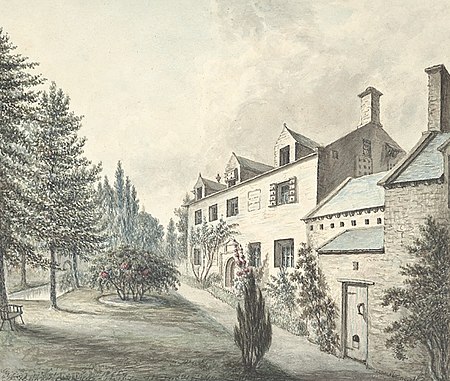Criccieth Castle (Welsh: Castell Cricieth; [kastɛɬ ˈkrɪkjɛθ]) is a ruined thirteenth-century castle in Criccieth, Gwynedd, Wales. It is located on a rocky headland overlooking Tremadog Bay and consists of an inner ward almost surrounded by an outer ward. The twin-towered inner gatehouse is the most prominent remaining feature and survives to almost its full height, as does the inner curtain wall. The outer curtain wall, the inner ward buildings, and the castle's other three towers are significantly more ruinous, and in places survive only as foundations.
The castle was begun in the 1230s by Llywelyn ap Iorwerth, the prince of Gwynedd, who probably built the inner ward and gatehouse. It was extended by his grandson, Llywelyn ap Gruffudd, who probably constructed the outer ward. The castle was captured by Edward I of England in 1283 during his conquest of Wales and afterwards repaired and improved, work which included heightening the towers and inner gatehouse. The castle was besieged in 1294–1295 during an unsuccessful revolt against English rule by Madog ap Llywelyn, and further repairs took place under Edward II in the early fourteenth century. It was captured in 1404 during another unsuccessful revolt, led by Owain Glyndŵr. It may have been burnt after the latter attack and was certainly ruinous by the 1450s. Until it was destroyed the castle was frequently used as a prison, housing high-status prisoners of the princes of Gwynedd and Scottish prisoners of Edward I.
The castle was subsequently left to decay, and was considered a romantic ruin by the time it was sketched by J. M. W. Turner in 1798. It was sold by the Crown in 1858 but returned to state care in 1933, after which extensive consolidation and archaeological excavations took place. The castle is now maintained by Cadw, the historic environment service of the Welsh Government, and is open to the public. It was designated a grade I listed building in 1949, and both the castle proper and its outer defences are scheduled monuments.











